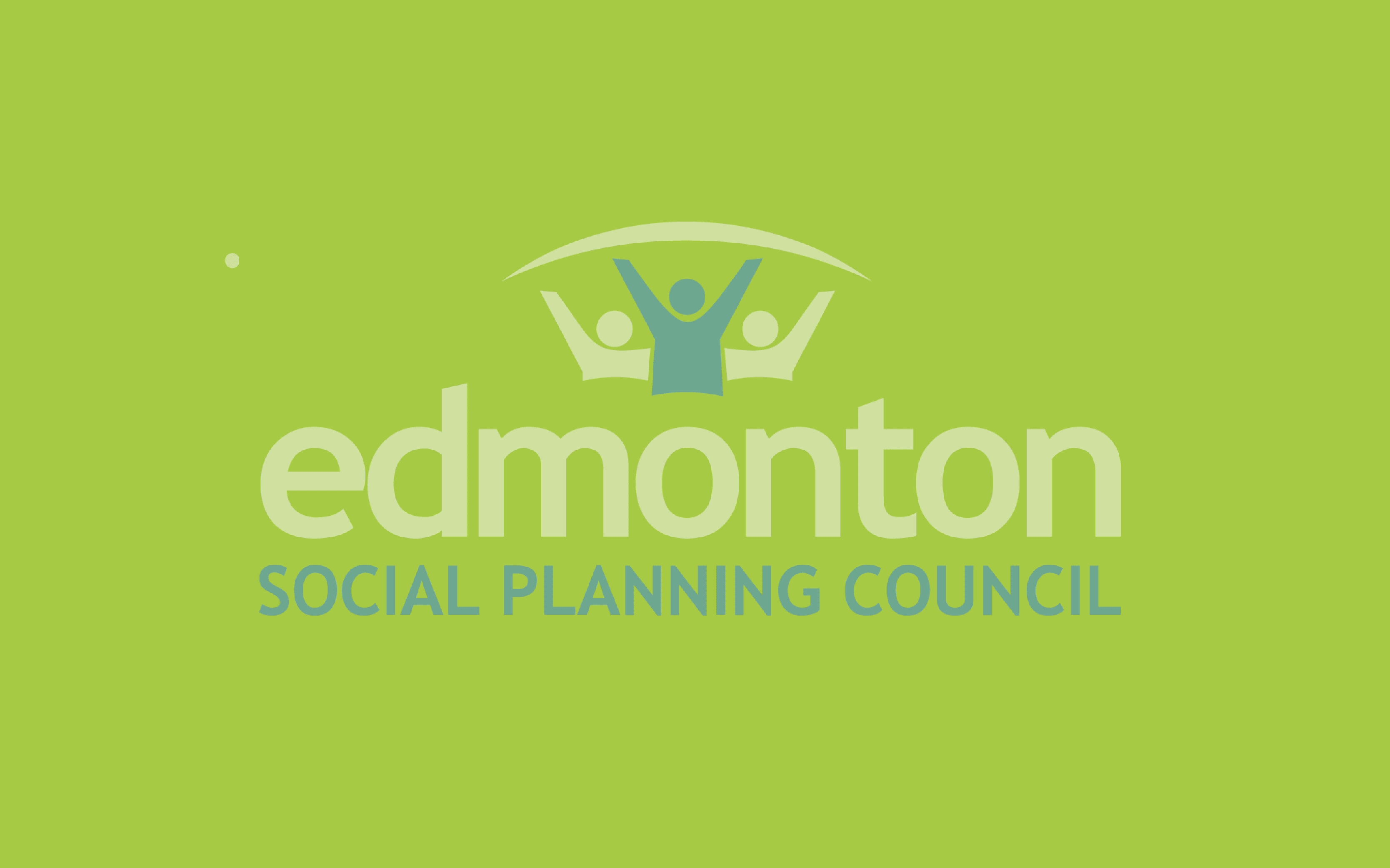Hanna Nash, ESPC Volunteer
In association with the University of Winnipeg, the Canada Mortgage and Housing Corporation (CMHC) research report, Evictions and Eviction Prevention in Canada, discusses the impact of housing evictions on families and individuals. Authors Sarah Zell and Scott McCullough examine the consequences experienced by those who live through housing instability and discuss the contributing factors that lead to housing evictions and penalties. In addition, the authors review the drivers of housing evictions in Canada. As the report is lengthy and detailed, this research review will only focus on sections three and four, which discuss the importance of understanding housing instability causes and the writers’ overall findings.
Housing instability is commonly regarded as the consequence of influences such as a tenant’s inability to pay monthly rental fees, substance abuse, and troubled relationships. However, in this article, Zell and McCullough discuss how the challenge and disgrace of evictions can often be a primary contributing force in why tenants develop unhealthy decision-making skills and acquire poor outcomes in mental and physical health. Zell and McCullough demonstrate that evictions are often the best indication of complex needs. There is a great deal of supporting evidence that links evictions of individuals and families to a downward spiral from which they are more likely to experience substandard housing and a cycle of eviction. The disturbance of housing instability can cause such unpredictability that its consequences can affect individuals and families for multiple generations. Negative outcomes such as poor academic performance in children, family fragmentation, and depression in individuals can lead to further vulnerabilities including substance abuse and homelessness. Although evictions for tenants do not necessarily result in homelessness directly, this report provides an understanding of how homelessness can be an eventual outcome for many who have endured constant housing uncertainty.
In addition to discussing the effects of rising inflation and the widening gap between wages and the cost of living, the report also considers that evictions are on the rise due to a new variable: “renovictions.” Renovictions occur across the housing landscape—from individual landlords who may only own one or a few properties, to large scale property management groups. Landlords seeking higher profits from newly renovated units evict their tenants, causing much concern for renters of all income levels, including higher-income renters. Although higher-income tenants are likely to have more choice and greater flexibility in selecting a new home to rent, these tenants will find that they must also pay higher rent due to the lack of affordable units, thereby placing a stress on household spending and housing security. Consequently, tenants who are considered low-income and/or have disabilities will particularly feel the sting of renovictions as their affordable housing options become increasingly limited. This strain is especially felt in larger urban markets, such as Vancouver and Toronto.
Zell and McCullough demonstrate that the current housing systems are built to protect the rights of landlords, but often fail to address the realities and rights of tenants. Education for both landlords and tenants into legal rights and responsibilities of each group is part of the solution to addressing the current housing crisis faced by markets across Canada. Zell and McCullough also determine that there is not enough data for provincial and federal governments to adequately keep up with the rapid changes in the housing market. Housing policies to protect those most vulnerable cannot be created without a deeper knowledge of the actual numbers of people in Canada facing evictions, how often, and why. Without concerted and coordinated strategies put in place by governments to monitor the challenges of housing, eviction numbers will continue to rise.
Zell, S., McCullough S. (2020). Evictions and eviction prevention in Canada. Canada Mortgage and Housing Corporation. https://eppdscrmssa01.blob.core.windows.net/cmhcprodcontainer/sf/project/archive/research_6/evictions-and-eviction-prevention-in-canada.pdf
You can read more research report reviews in the latest edition of Research Update
ESPC volunteer Hanna Nash enjoys ballet performances and other live theatre, as well as outdoor sports, and travelling to new countries. Hanna is interested in sharing information and knowledge to Edmonton’s diverse communities.
[/et_pb_text][/et_pb_column][et_pb_column type=”1_4″ _builder_version=”4.7.4″ custom_padding=”0px|20px|0px|20px|false|false” border_color_left=”#a6c942″ global_colors_info=”{}” custom_padding__hover=”|||” theme_builder_area=”post_content”][et_pb_testimonial author=”Posted by:” job_title=”@ET-DC@eyJkeW5hbWljIjp0cnVlLCJjb250ZW50IjoicG9zdF9hdXRob3IiLCJzZXR0aW5ncyI6eyJiZWZvcmUiOiIiLCJhZnRlciI6IiIsIm5hbWVfZm9ybWF0IjoiZGlzcGxheV9uYW1lIiwibGluayI6Im9uIiwibGlua19kZXN0aW5hdGlvbiI6ImF1dGhvcl93ZWJzaXRlIn19@” portrait_url=”@ET-DC@eyJkeW5hbWljIjp0cnVlLCJjb250ZW50IjoicG9zdF9hdXRob3JfcHJvZmlsZV9waWN0dXJlIiwic2V0dGluZ3MiOnt9fQ==@” quote_icon=”off” portrait_width=”125px” portrait_height=”125px” disabled_on=”on|off|off” _builder_version=”4.7.7″ _dynamic_attributes=”job_title,portrait_url” _module_preset=”default” body_text_color=”#000000″ author_font=”||||||||” author_text_align=”center” author_text_color=”#008ac1″ position_font=”||||||||” position_text_color=”#000000″ company_text_color=”#000000″ background_color=”#ffffff” text_orientation=”center” module_alignment=”center” custom_margin=”0px|0px|4px|0px|false|false” custom_padding=”32px|0px|0px|0px|false|false” global_colors_info=”{}” theme_builder_area=”post_content”][/et_pb_testimonial][et_pb_text disabled_on=”on|off|off” _builder_version=”4.7.7″ _dynamic_attributes=”content” _module_preset=”default” text_text_color=”#000000″ header_text_align=”left” header_text_color=”rgba(0,0,0,0.65)” header_font_size=”20px” text_orientation=”center” custom_margin=”||50px|||” custom_padding=”48px|||||” global_colors_info=”{}” theme_builder_area=”post_content”]@ET-DC@eyJkeW5hbWljIjp0cnVlLCJjb250ZW50IjoicG9zdF9jYXRlZ29yaWVzIiwic2V0dGluZ3MiOnsiYmVmb3JlIjoiUmVsYXRlZCBjYXRlZ29yaWVzOiAgIiwiYWZ0ZXIiOiIiLCJsaW5rX3RvX3Rlcm1fcGFnZSI6Im9uIiwic2VwYXJhdG9yIjoiIHwgIiwiY2F0ZWdvcnlfdHlwZSI6ImNhdGVnb3J5In19@[/et_pb_text][/et_pb_column][/et_pb_row][/et_pb_section]
